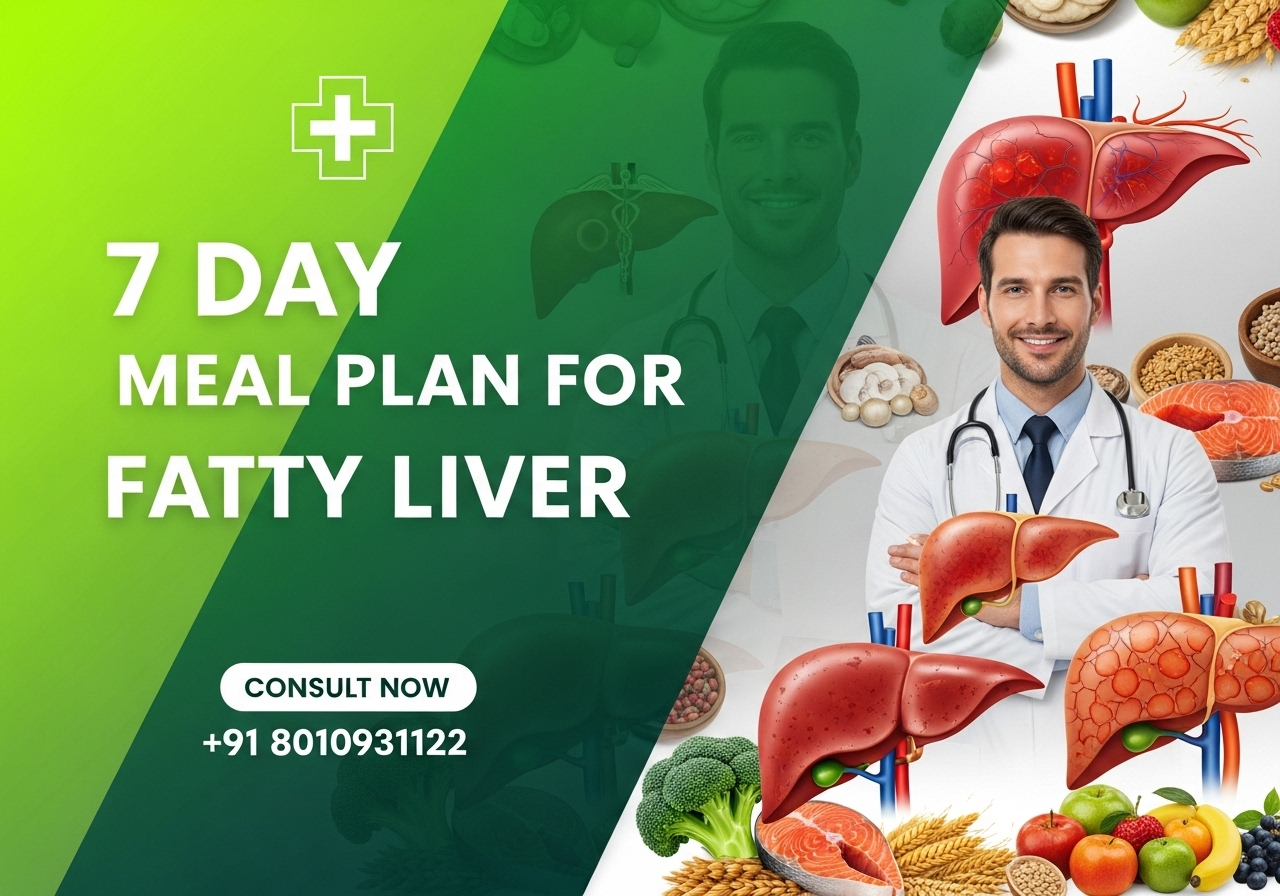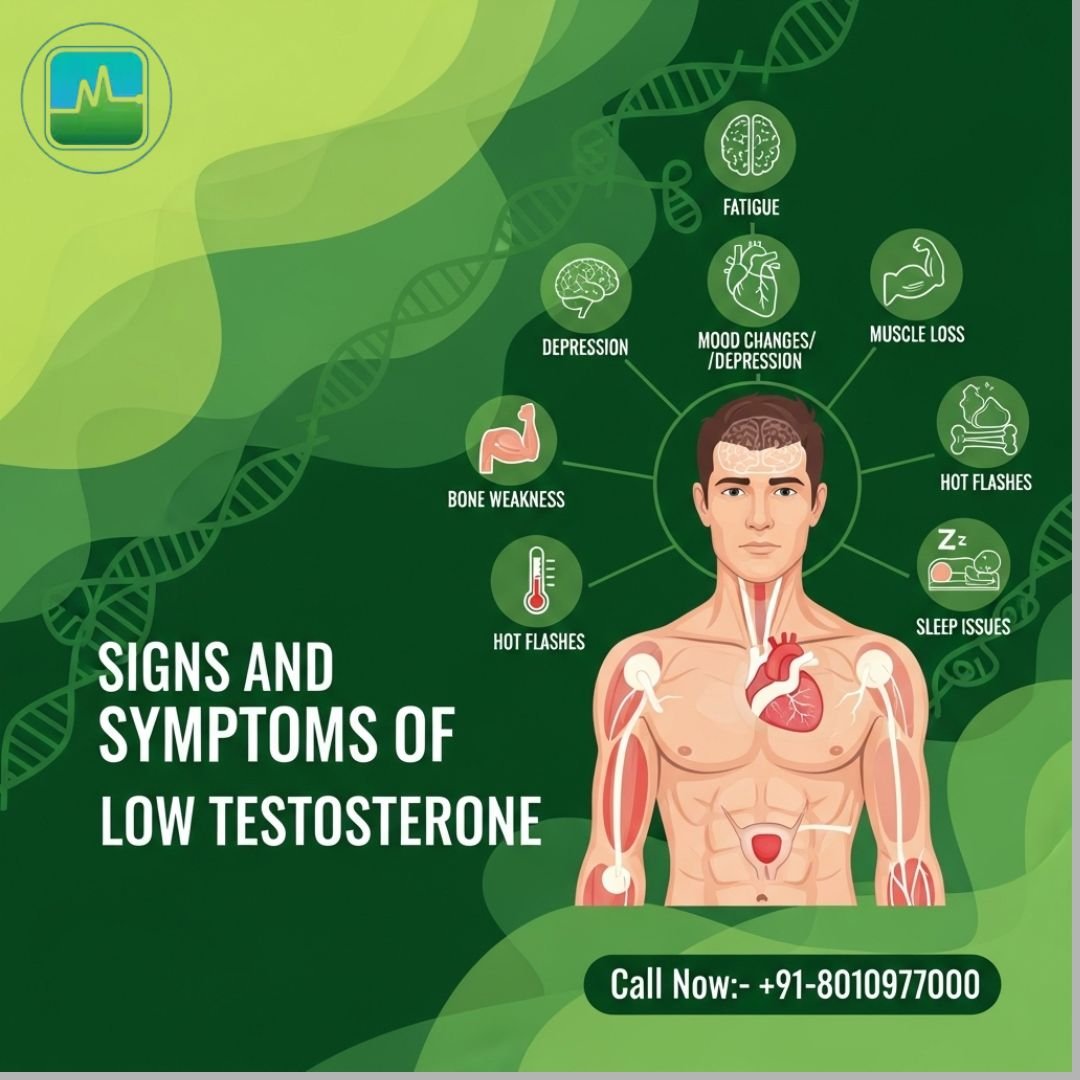Is Grade 2 Fatty Liver Dangerous
Fatty liver disease is an increasingly common condition affecting many people worldwide. It occurs when there is excessive accumulation of fat in liver cells. Among its various stages, grade 2 fatty liver disease is of particular concern due to its potential impact on liver health and overall well-being. But is grade 2 fatty liver dangerous? In this article, we will explore the symptoms, diagnosis, and treatment options for grade 2 fatty liver disease, including some information on Ayurvedic treatments. Understanding the severity and effects of grade 2 fatty liver is crucial for preventing further liver damage and for effective management.
Before discussing grade 2 fatty liver disease, let’s first understand what fatty liver disease is. The accumulation of fat in liver cells causes this condition and interferes with the liver’s ability to function properly. There are two main types:
Alcoholic fatty liver disease is primarily caused by excessive alcohol consumption. When the liver processes alcohol, it can cause a buildup of fatty acids, resulting in fatty liver. Continued alcohol consumption can exacerbate this condition, potentially leading to more serious liver damage such as alcoholic hepatitis or cirrhosis. Understanding the role of alcohol in fatty liver disease is important for people who regularly consume alcohol.
Non-alcoholic fatty liver disease occurs in people who drink little or no alcohol. It is often associated with obesity, diabetes, and high cholesterol. NAFLD is further divided into simple fatty liver (steatosis) and non-alcoholic steatohepatitis (NASH), where inflammation and liver cell damage occur. The prevalence of NAFLD is increasing, paralleling the global increase in obesity and metabolic syndrome, making it a significant public health concern.
Many risk factors contribute to the development of fatty liver disease. These include genetic predisposition, a sedentary lifestyle, poor diet, and certain medical conditions such as insulin resistance and metabolic syndrome. Identifying and understanding these risk factors can help in early detection and prevention of the disease. Effective management of risk factors requires attention to lifestyle and dietary habits.
Fatty liver disease often shows no symptoms in its early stages, making it difficult to detect without medical testing. However, as the condition progresses, some individuals may experience the following:
Some of the most common symptoms of fatty liver disease include fatigue, weakness, and unexplained weight loss. These symptoms can be subtle and are often mistaken for other health problems, leading to delayed diagnosis. As the disease progresses, symptoms can become more severe, requiring medical attention.
Individuals with fatty liver disease may experience abdominal pain or discomfort, particularly in the upper right part of the abdomen where the liver is located. This discomfort can range from mild to severe and may be accompanied by bloating or a feeling of fullness. Understanding the nature of abdominal pain can help identify potential liver problems.
Elevated liver enzyme levels in a blood test often indicate liver inflammation or damage. Although these indicators are not specific for fatty liver disease, they may warrant further investigation. Regular monitoring of liver enzymes can aid in the early detection and management of liver-related conditions.

What is Grade 2 Fatty Liver Disease?
Grade 2 fatty liver disease, also known as moderate steatosis, indicates that fat has accumulated in 33% to 66% of the liver cells. While this may not cause immediate symptoms, it does indicate that untreated fatty liver can affect liver function.
Fat Accumulation and Liver Health
The accumulation of fat in liver cells can impair the liver’s ability to perform essential functions, including detoxification, metabolism, and protein synthesis. As more liver cells become laden with fat, the organ’s overall efficiency decreases, increasing the risk of further complications.
Progression of Liver Damage
Without intervention, grade 2 fatty liver can progress to more serious forms of liver disease. This progression often involves inflammation and scarring (fibrosis), which can lead to irreversible damage and cirrhosis. Understanding the stages of liver damage can highlight the importance of early intervention.
Potential Complications
Grade 2 fatty liver disease increases the risk of developing non-alcoholic steatohepatitis (NASH), a more severe form of liver disease that causes inflammation and liver cell injury. NASH can progress to fibrosis, cirrhosis, and even liver cancer. Recognizing potential complications emphasizes the need for timely diagnosis and treatment.
Diagnosing Grade 2 Fatty Liver Disease
Diagnosing fatty liver disease usually involves a combination of a medical history review, a physical examination, and specific tests. Here are some common diagnostic methods:
Liver Function Tests
Liver function tests are blood tests that measure enzymes and proteins in your blood. Abnormal results may indicate liver damage or inflammation. These tests are often the first step in diagnosing a liver condition and provide valuable information about liver health.
Imaging Tests
- Ultrasound: This non-invasive test creates images of the liver using sound waves and can detect fat deposits. Ultrasound is commonly used because of its ease and ability to quickly assess liver fat.
- CT scan or MRI: These imaging tests provide more detailed images of the liver and can help assess the extent of fat accumulation. They are especially useful for evaluating the liver’s structure and identifying any abnormalities.
Liver Biopsy
In some cases, a liver biopsy may be performed. This involves removing a small sample of liver tissue to check for signs of inflammation, scarring, or fat accumulation. A biopsy provides the most definitive diagnosis and can help determine the severity of liver disease. Although it is invasive, it is a valuable tool in assessing liver health.
Treatment Options for Grade 2 Fatty Liver Disease
The good news is that you can often manage and even reverse grade 2 fatty liver disease through lifestyle changes and medical intervention.
Lifestyle Changes
- Diet: Adopt a healthy diet low in saturated fat, sugar, and refined carbohydrates. Focus on whole foods like fruits, vegetables, lean proteins, and whole grains. A balanced diet is essential for reducing liver fat and improving overall health.
- Exercise: Engage in regular physical activity, such as walking, cycling, or swimming, to reduce liver fat and improve overall health. Exercise also increases metabolism and aids in weight management.
- Weight Management: Achieving and maintaining a healthy weight can significantly reduce liver fat and improve liver function. Weight loss is particularly effective in reducing liver inflammation and preventing disease progression.
Medical Treatments
Although there’s no specific medication for fatty liver disease, doctors may prescribe medications to manage conditions that contribute to it, such as diabetes or high cholesterol. Controlling these underlying conditions can slow the progression of liver damage and improve outcomes.
Ayurvedic Treatment for Fatty Liver
Ayurveda, a traditional Indian medicine system, offers natural remedies that can help maintain liver health. Some Ayurvedic treatments for fatty liver include:
- Herbal Supplements: Milk thistle, turmeric, and dandelion support liver detoxification and function. For centuries, people have used these herbs to naturally promote liver health.”
- Dietary Adjustments: Emphasize foods that balance the doshas and improve liver health. Ayurvedic dietary practices focus on whole, unprocessed foods that nourish the body and mind.
- Panchakarma Therapy: A detoxification process that aims to cleanse the body of toxins. This holistic approach strives to restore balance and promote healing in the liver and other organs.
Preventing Grade 2 Fatty Liver Disease
Prevention is always better than cure. By adopting a healthy lifestyle, you can reduce your risk of developing grade 2 fatty liver disease. Here are some preventive measures.
Maintain a Healthy Weight
Aim for a balanced diet and regular exercise to avoid obesity, which is a major risk factor for fatty liver disease. Maintaining a healthy weight through lifestyle changes is important in preventing liver damage.
Limit Alcohol Consumption
Excessive alcohol consumption can damage the liver, so it’s best to limit your alcohol consumption or avoid it altogether. Moderation in alcohol consumption is essential for protecting liver health and preventing fatty liver disease.
Regular Check-Ups
Regular medical checkups and liver function tests can help detect fatty liver disease early, allowing for timely intervention. Early detection through regular checkups increases the chances of successful management and treatment.
Conclusion
Grade 2 fatty liver disease is a serious condition that requires attention and lifestyle changes to prevent it from progressing to more serious liver diseases. Although it can be dangerous if left untreated, early diagnosis and management can lead to positive outcomes. By understanding the symptoms, diagnosis, and treatment options, including Ayurvedic methods, individuals can take proactive steps to improve their liver health. Always consult a healthcare professional before starting any new treatment or making significant lifestyle changes.
With the right approach, it’s possible to effectively manage grade 2 fatty liver disease and maintain a healthy, functioning liver. Active management and lifestyle changes are key to preventing further liver complications and promoting overall health.











Leave a Reply